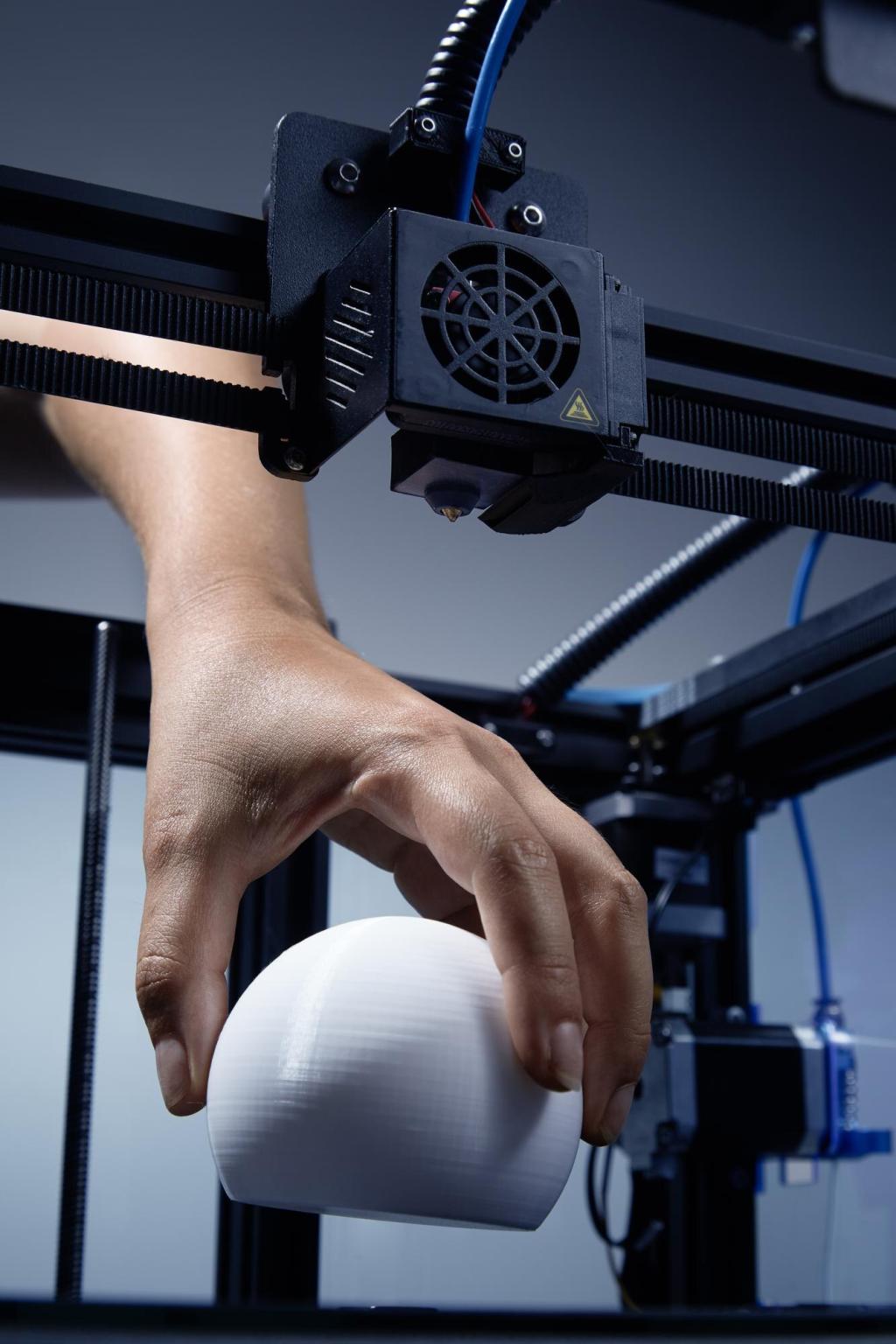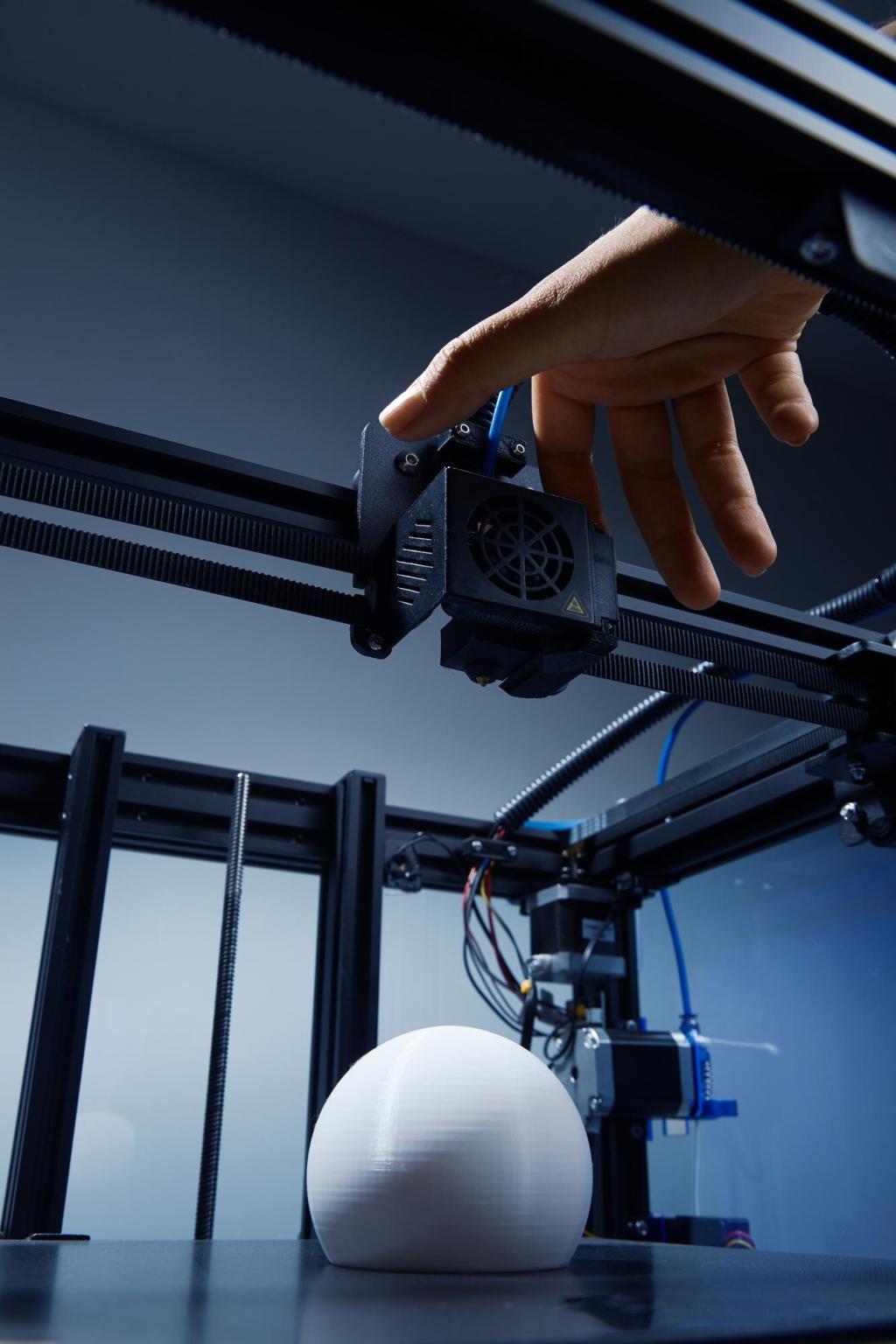DIY Solar Panel Installation: Power Your Home, Own Your Energy
Why DIY Solar Is Worth Your Time
Installing solar yourself can significantly reduce electricity bills while giving you control over your home’s energy future. With careful planning, you’ll minimize installation costs, boost return on investment, and enjoy the satisfaction of building a system tailored to your lifestyle.
Planning Your DIY Solar Project
Assessing Sunlight and Shade
Map your sun exposure across seasons, noting obstructions like chimneys, trees, and neighboring buildings. A simple solar pathfinder app or cardboard sun-tracking template can reveal hidden shade patterns that dramatically affect your array’s performance.
Sizing for Your Goals
Use past utility bills to estimate annual consumption, then size your array to meet realistic production targets. Consider future electrification—like heat pumps or EVs—so your DIY solar installation grows with your household’s energy ambitions.
Permits, Codes, and Utility Interconnection
Contact your local permitting office early and ask your utility about interconnection requirements. Following electrical code, submitting clear diagrams, and documenting equipment specs will streamline approvals and prevent costly last-minute changes.


Tools, Materials, and Safety Essentials
A torque wrench, multimeter, drill with quality bits, ratcheting crimpers, and proper ladders are non-negotiable. Add labeling supplies and cable management clips to keep your install tidy, professional, and easy to maintain over time.
Tools, Materials, and Safety Essentials
Wear fall protection on roofs, use insulated gloves when handling live conductors, and never work alone. De-energize circuits, verify with your multimeter, and schedule work during calm weather to avoid rushed decisions and risky mistakes.
Roof mounts save space and reduce trenching, while ground arrays simplify cleaning and allow optimal angles. Choose based on roof condition, maintenance preference, and the ease of achieving safe, shade-free exposure throughout the year.

Step-by-Step Installation Walkthrough

Layout, Rails, and Panel Placement
Snap chalk lines to confirm rafter locations, install flashing and standoffs, then align rails for perfect panel rows. Dry-fit panels before final tightening to verify spacing, wire reach, and aesthetics visible from the ground.

Electrical Hookup and Commissioning
Terminate connectors, torque lugs to spec, and complete grounding and bonding. After inverter configuration, perform start-up procedures, verify correct polarity and voltage, and document serial numbers for warranties and monitoring platforms.

Final Inspections and Utility Approval
Prepare a tidy, labeled installation for quick inspections. Keep diagrams, datasheets, and photos ready. After sign-off, submit utility paperwork and celebrate permission-to-operate with a photo—then share your success story in the comments below.
Monitoring, Maintenance, and Troubleshooting
Choose a monitoring platform that displays per-panel or string data, daily production, and alerts. Regularly review trends to catch shading changes, inverter faults, or unexpected dips that hint at loose connections or soiled modules.
Monitoring, Maintenance, and Troubleshooting
Dust, pollen, and leaves can quietly sap output. Use soft brushes, deionized water when possible, and gentle techniques. Schedule quick seasonal inspections to tighten hardware, confirm flashing integrity, and check critter guards around wiring.


Real DIY Stories and Lessons Learned
A Weekend Build That Spanned Two Seasons
Jenna planned a quick install, then discovered hidden rafters and unexpected shade. By pausing to re-engineer mounting and adding microinverters, she finished strong—and now mentors neighbors in our comments with generous, practical tips.
Pitfalls to Avoid
Rushing through roof sealing, skipping torque specifications, or underestimating conduit runs can cost time and money. Learn from others: careful prep, labeled wiring, and patient testing turn ambitious projects into durable, code-compliant successes.
Share Your Milestone Moments
From your first panel clicked into place to your inaugural sunny day record, your story motivates newcomers. Post photos, ask questions, and subscribe to follow-up guides that feature community projects and clever DIY improvements.
Incentives, ROI, and Long-Term Value

Research federal, state, and local programs before you buy equipment. Timelines, eligible components, and documentation requirements vary, but with foresight you can stack incentives that dramatically improve your project’s overall payback period.
